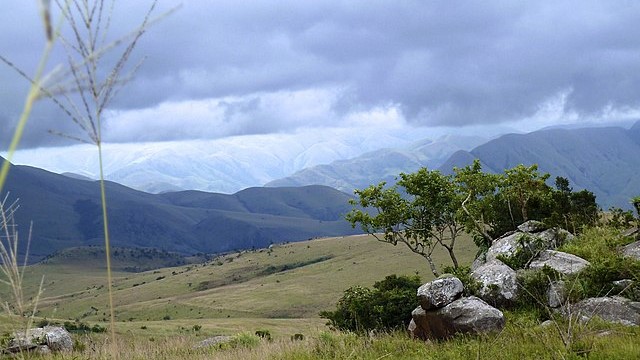In the highlands of Eswatini, where rolling hills slip into deep valleys and the horizon is framed by the distant ridges of the Drakensberg Mountains, hiking is less a pastime than a passage into the soul of the landscape. This small, landlocked kingdom in Southern Africa offers a terrain as varied as it is dramatic—lush forests, rugged cliffs, sweeping grasslands—and its trails are quickly gaining recognition among those who seek not only physical challenge but immersion in raw, unspoiled beauty.
One of the crown jewels of the country’s hiking routes lies within Malolotja Nature Reserve, a vast wilderness that shelters the highest peak in Eswatini, Ngwenya Mountain. The reserve’s trails weave through rich ecosystems: river valleys alive with bird calls, rocky ridges dotted with aloes, and high plateaus where the wind seems to carry whispers from centuries past. From the summit, the land unfolds in panoramic views, the rolling contours of Eswatini’s hills merging with the jagged silhouettes of the Drakensberg beyond.
Equally compelling, though on a grander scale, is the Hlatikulu-Highlands Trail, which stretches nearly 80 kilometers across the heart of the kingdom. Its route passes through remote grasslands and plunging valleys, where the stillness of the high country is broken only by the movement of antelope or the rhythm of village life. Along the way, hikers often encounter communities whose warmth and hospitality remain a defining feature of the Swazi cultural landscape. Each bend in the trail reveals a new vista—sheer cliffs, sparkling streams, and wildflowers scattered across the slopes.
For those seeking a gentler path, the Mbuluzi Game Reserve offers trails designed for slower exploration. The reserve, which blends bushveld with riverine forest, allows close encounters with wildlife: zebras grazing in open fields, impalas darting between trees, and, on occasion, elephants moving silently across the reserve. As evening descends, sunsets transform the sky into a canvas of fiery hues, reflected in the rivers that thread through the terrain. The hikes here often feel less like exertion and more like observation—a chance to walk alongside the rhythms of the natural world.
In the Ezulwini Valley, the experience shifts again, toward the rugged and the untamed. Dense forests cloak the valley slopes, alive with the chatter of monkeys and the calls of rare birds, among them the brilliantly plumed Livingstone’s turaco. The trails are demanding, with steep climbs and uneven terrain, but the rewards are ample: sweeping views across the valley floor, sudden clearings where the landscape stretches endlessly, and the sense of complete departure from modernity.
Taken together, Eswatini’s network of hiking routes offers a cross-section of the country itself—diverse, resilient, and deeply tied to the natural environment. Whether traced through reserves teeming with wildlife, across the highland plateaus, or into shaded forests, these trails reflect both the kingdom’s ecological wealth and its enduring relationship with the land. For travelers and locals alike, they remain pathways not only into the wild but into the identity of Eswatini itself.
Sources:
- Eswatini Tourism Authority. Nature Reserves and Hiking in Eswatini. Mbabane, 2024.
- Spenceley, Anna. Tourism and Protected Areas in Southern Africa. Earthscan, 2021.
- BirdLife International. “Important Bird Areas: Eswatini.” Accessed August 2025.
- Hlatikulu Highlands Conservancy. Ecological and Cultural Trails of Central Eswatini. 2023.


